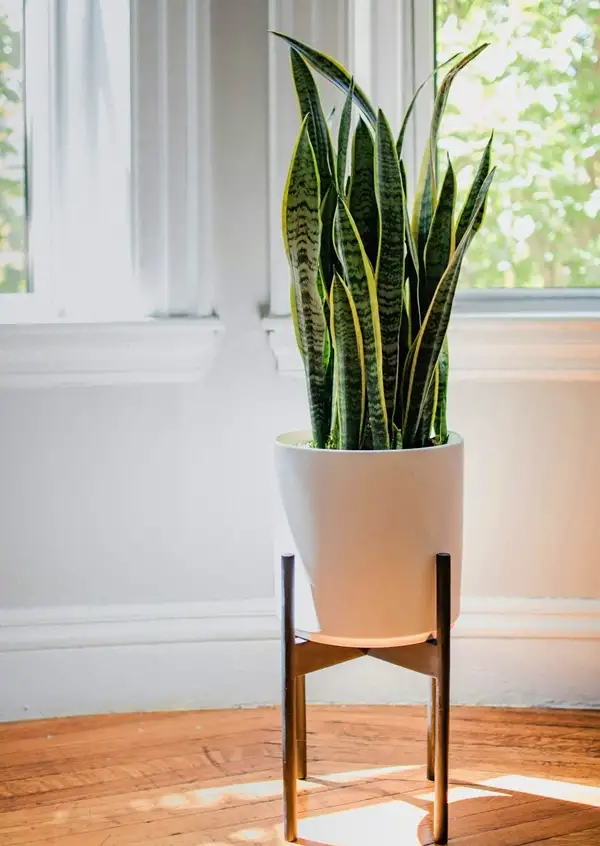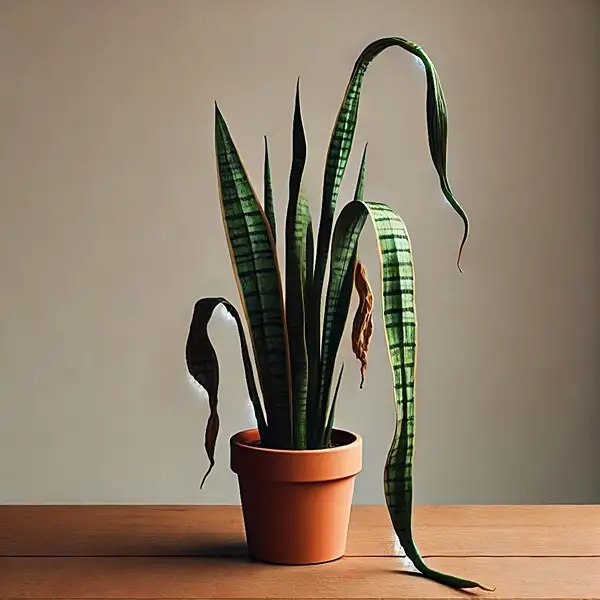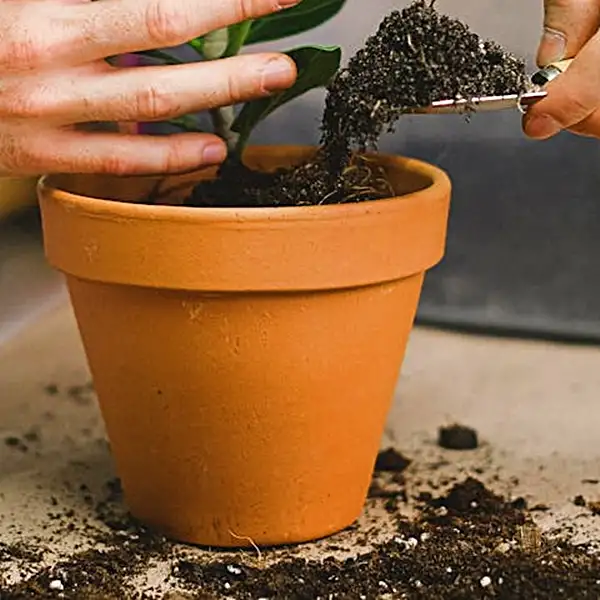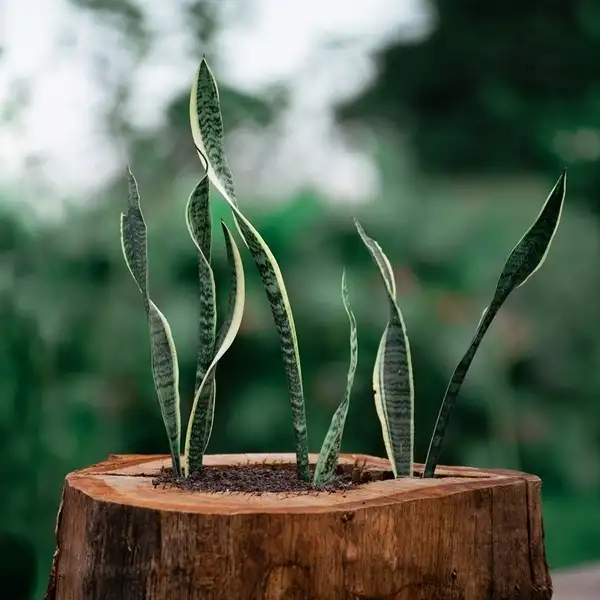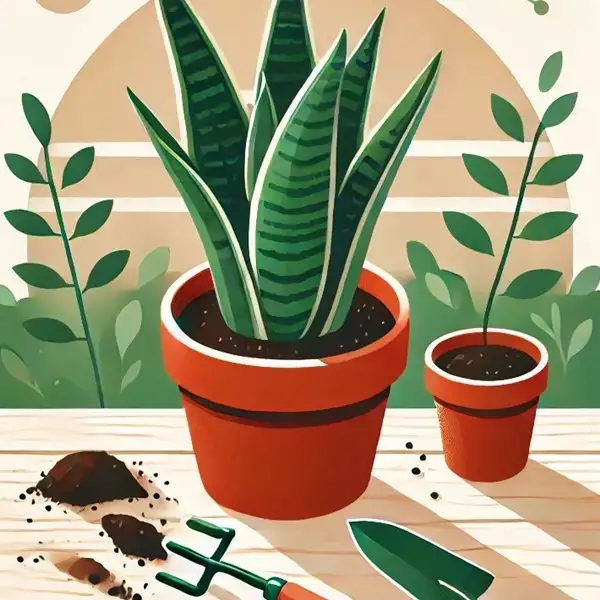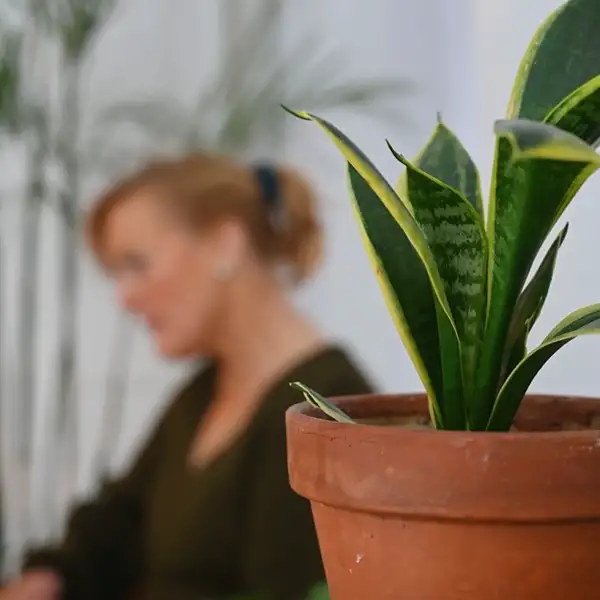Key Takeaways
| Key Takeaways | Why It Matters |
|---|---|
| How Big Do Snake Plants Get? | Uncover the surprising heights and sizes these plants can reach. |
| Why Snake Plants Are Special | Learn what makes them different from other houseplants. |
| Varieties & Their Unique Looks | Discover the different types and how to choose the right one. |
| Secret to Maximum Growth | Find out the key factors that determine how well they grow. |
| Common Mistakes to Avoid | Identify the pitfalls that may hinder your plant’s growth. |
| Expert-Backed Growth Tips | Follow professional advice to ensure a thriving plant. |
| Answers to Your Questions | Get solutions to common concerns about snake plant care. |
Snake Plant
On my initial visit to a friend’s countryside home, her living room resembled a lush green oasis. What caught my eye immediately was a towering snake plant nearly touching the ceiling. How big can snake plants get? I thought, marveling at its height & presence.
As someone passionate about houseplants, I knew I had to learn more. Having worked with horticulturists over the years and experimented with snake plants in varied environments, I’ve come to understand the secrets behind their growth potential.
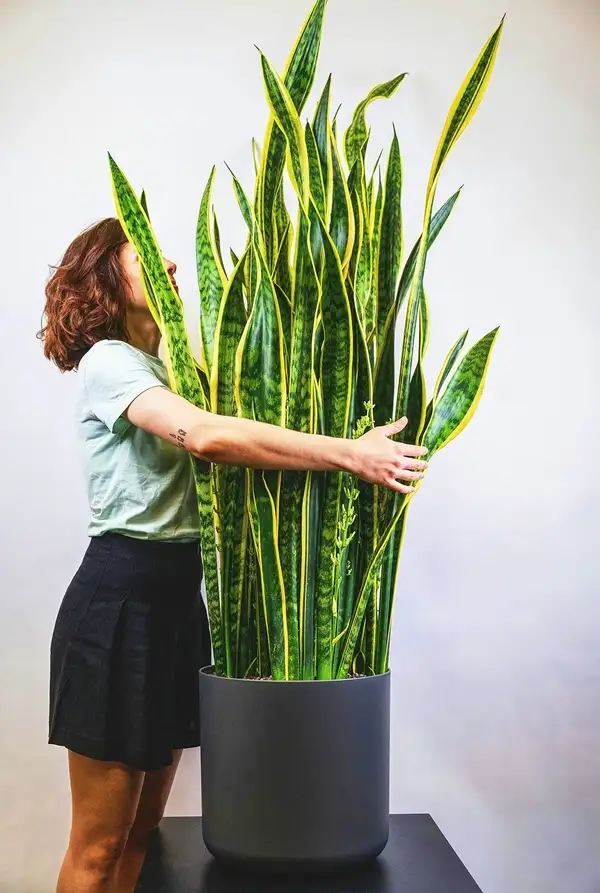
- Sansevieria trifasciata or more commonly known as the snake plant has received widespread recognition for its hardiness & distinct upright foliage.
- Originating from West Africa it is no ordinary indoor plant — it’s lauded for its resilient nature that thrives even under neglect & difficult conditions.
- According to a NASA Clean Air Study, snake plants are also exceptionally capable of purifying indoor air by eliminating toxins such as formaldehyde and benzene.
- Having architectural sword-like leaves with varied patterns is another attribute that makes this succulent family member stand out.
- Unlike most plants that release carbon dioxide at night, snake plants continue to produce oxygen thanks to their unique form of photosynthesis known as Crassulacean Acid Metabolism (CAM).
Essentials like these make them a preferred choice not just to green up homes but also to uplift workplaces.
Exploring Different Varieties of Snake Plants
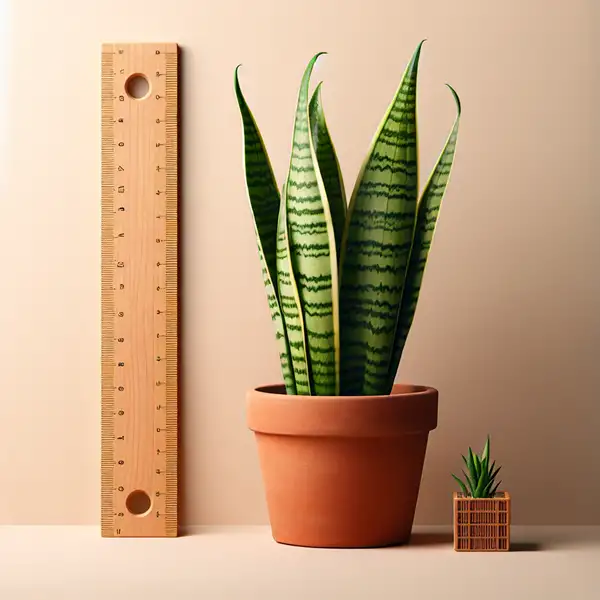
The snake plant’s genus Sansevieria hosts about 70 different species each coming with its own unique features. Leading varieties include Sansevieria Trifasciata ‘Laurentii’ recognized for its extensive yellow margins along sides; Sansevieria Futura Robusta famed for having darker greens; whereas S.Trifasciata ‘Zeylanica’ delights with cross-banded broadleaf patterns.
The biggest snake plant variety is Sansevieria Trifasciata (Tall Outdoor Variety) which can grow up to 12 feet tall under optimal outdoor conditions.
While some species remain small-sized like the smallest snake plant Sansevieria ‘Golden Hahnii’ which only grows up to 12 inches tall while others such as Sansevieria cylindrica can reach up to three feet height making elegant tube-shaped spiked leaf patterns. Let’s explore further varieties of snake plants and their sizes.
Comparison of 15 Snake Plant Varieties
Whether you need a small desk plant or a tall statement piece, there’s a snake plant for every space. Here’s a guide to varieties, sizes & unique features to help you choose the perfect one.
| Variety | Size | Appearance |
|---|---|---|
| Sansevieria Trifasciata ‘Laurentii’ |
|
|
| Sansevieria Cylindrica (Cylinder Snake Plant) |
|
|
| Sansevieria Trifasciata ‘Zeylanica’ |
|
|
| Sansevieria Hahnii (Bird’s Nest Snake Plant) |
|
|
| Sansevieria Masoniana (Whale Fin Snake Plant) |
|
|
| Sansevieria Trifasciata ‘Moonshine’ |
|
|
| Sansevieria Ehrenbergii (Blue Sansevieria) |
|
|
| Sansevieria Patens |
|
|
| Sansevieria Parva (Kenya Hyacinth) |
|
|
| Sansevieria Pinguicula (Walking Sansevieria) |
|
|
| Sansevieria Trifasciata (Tall Outdoor Variety) |
|
|
| Sansevieria Futura Robusta |
|
|
| Sansevieria ‘Golden Flame’ |
|
|
| Sansevieria Kirkii (Star Sansevieria) |
|
|
| Sansevieria Bantel’s Sensation |
|
|
7 Factors That Influence the Growth Size of Snake Plants
| Factor | Impact on Growth |
|---|---|
| Sunlight |
|
| Watering |
|
| Pot Size |
‘A mature Snake Plant’s rhizome system (root structure) grows faster in a cramped pot compared to spacious ones’ |
| Soil Type |
|
| Temperature |
|
| Humidity |
|
| Fertilization |
|
Maximum Size Potential for Indoor and Outdoor Snake Plants
Now answering the golden question – how big do snake plants get? Well, indoor potted varieties typically range from 1-2 feet tall while outdoor ones can shockingly grow up to 12 feet high under optimum conditions. But hold on—before you eye for such gigantic specimens remember most houses cannot accommodate this height indoors!
In addition to that plant cultivation expert Robert Lee Riffle quotes in ‘The Tropical Look: An Encyclopedia of Dramatic Landscape Plants’,
“Larger Sansevieria species like S.pinguicula can even get extensively thick at base while others maintain slender leaf widths despite achieving large heights.”
Problems in Growing Large-sized Snake Plants
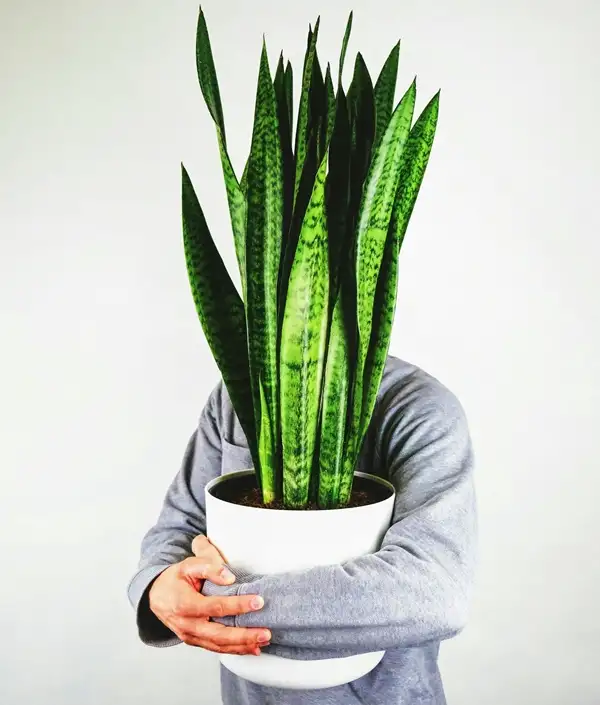
Acquiring maximized growth variety might seem intriguing but it takes serious skill care dialogue with nature. Many beginners make common mistakes which keeps them from realizing this dreamy aspect.
- Firstly choosing wrong pot dimensions doesn’t let roots expand fully thus creating a crowded atmosphere and delaying desired progress.
- Similarly wrong soil mixtures and excessive water volume eventually cause fatal outcomes like fungal diseases & overall demise.
Hence overcoming these challenges requires patience combined with enriched knowledge about efficient gardening practices. Not only does temperature matter but also paying heed to other variables would balance fluctuations. Thus, prepare yourself by exploring expert advice, beginner-friendly tips, and all necessary parameters in the Ultimate Guide to Snake Plant Care.
5 Expert Tips To Promote Healthy Growth in Your Snake Plant
If you want your snake plant to grow at its best completely towards maximum potential then consider providing it sufficient amount of care.
| Expert Tip | Why It Matters |
|---|---|
| Select the Right Pot Size |
|
| Water Sparingly |
|
| Use Balanced Fertilizer During Growing Season |
|
| Repot Every 2–3 Years |
|
| Prune Yellow or Damaged Leaves |
|
These tips are just the tip of the iceberg but promise substantial positive transformations. If integrated diligently into your daily care routine, they ensure the joy of growing larger, stout, and healthier Snake Plants.
Thus remember the simple thumb rule “Less is More” regarding nurturing these glad guardians indoors turns out even more mesmerizing than ever imagined before.
Frequently Asked Questions
How big do indoor snake plants get?
Indoor snake plants grow between 1 to 3 feet tall. The most famous Variety Sansevieria Trifasciata ‘Laurentii’ reaches about 2 to 3 feet.
How quickly does a snake plant grow?
They grow at a slow to moderate pace. Typically 2 to 3 inches per month when given proper care.
Do snake plants like big or small pots?
They prefer snug pots that slightly restrict roots so choose a pot one size larger than root ball.
Where to put a snake plant in a house?
Place them in spots with bright & indirect light - near windows or in humid areas like bathrooms.


